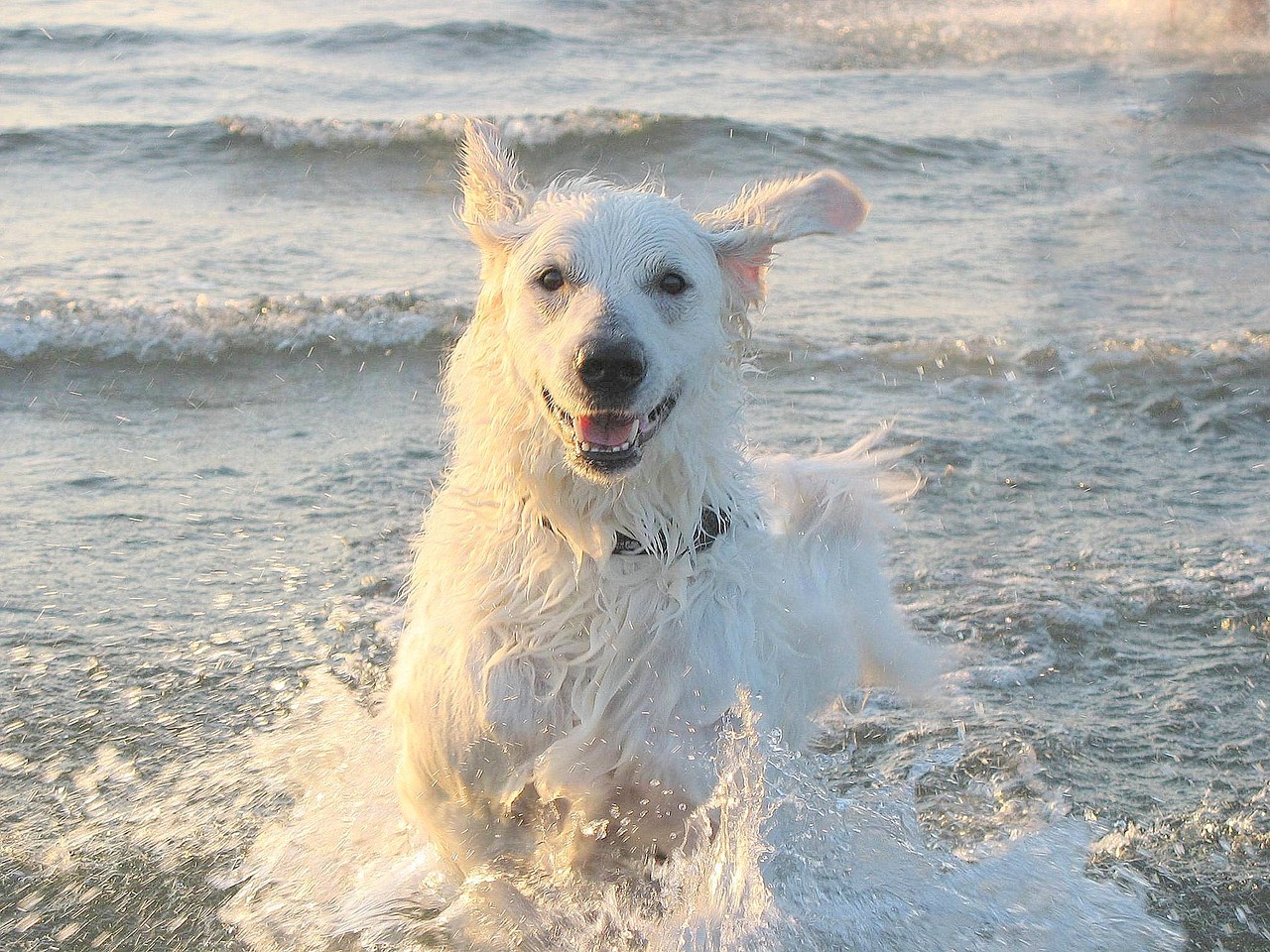
What is a body condition score?
It is easy for humans to keep track of their weight by stepping on the scale but weighing your pet regularly can be an inconvenience. If there were a way to determine if your pet is overweight or too thin, it would be much easier. It’s called the body condition score.
You can determine the body condition of your dog using only your hands or your eyes. In a 1997 report, the first body condition scoring system for dogs was described. This is what we use today.
What veterinarians use body condition scores for dogs
Veterinarians almost always check the body condition score of their patients. Veterinarians can get more information by monitoring changes to a dog’s body condition and weight than they could from either one alone.
Occasionally, a dog’s weight can change due to perfectly natural reasons. Puppies, for example, gain weight quickly as they mature. What is the best way to determine if an increase of five pounds in three weeks for a pup is normal? Check their score.
A dog may have a stable weight even though they are losing muscle or body fat. It could be that a dog is suffering from a condition such as Congestive Heart Failure which can cause fluid accumulation in the body. Veterinarians are able to get a clear picture of the physical condition of dogs by examining their body weight and score.
What is your dog’s body condition score?

Body condition scores can be used by pet parents to easily monitor changes in the weight of their dogs. The system won’t detect small weight gains or losses, but over time trends will become apparent. You can use the body condition score to determine the amount of food to give your dog. If they are overweight, you may want to feed them less food.
It may seem difficult at first to find your dog’s score, but it becomes easier with practice.
- Look at your dog’s waist from the top. Do their hips and ribs curve straight out, curve up, or go in a curve?
- Look at your dog’s side. Do they have a tucked-up abdomen, a straight line across the middle, or do they droop? Are their spine, ribs, and hips visible, or are they covered in fat (or not)?
- Next, rub your hands along your dog’s spine, ribs, and hips. Do you feel the bones under your skin, or do they have fat covering them? You can use your hand to guide you. Use your finger to run over the knuckles of your fist. It feels as if you have too little body fat. Feel your knuckles by laying your hand down flat. Feel how a thick layer of fat makes you feel. Turn your hand around and touch your knuckles in your palm. The ribs of a dog with too much fat on them will feel similar to this.
- Lastly, you can assign your dog an overall body condition using a chart such as .
What is a good body condition score for dogs?
Dogs can be scored using a variety of different systems. Most people use 9-point scoring systems, although some prefer a five-point system. On a nine-point scale, a dog’s body condition is scored at a 4, or 5. This corresponds to 2.5 or 3.
Dogs should fall somewhere in between or slightly thinner than normal, depending on which body condition score system you are using. Studies show that overweight and obese dogs live shorter lives.
What is a bad body condition score for dogs?
If your dog’s body condition is lower than 4 out 9, then they are considered too thin. If they score 1 out 9, then you will consider them emaciated. BCS scores between 2/9 – 3/9 can be considered as very thin or underweight.
Dogs with body condition score greater than 5/9 are more common. According to the Association of Pet Obesity Prevention, in 2022 59% of American dogs will be overweight. According to the American Animal Hospital Association’s Weight Management Guidelines, a body condition score of over 5 means.
| Body Condition Scoring | Percent Overweight |
| 6/9 | 10% |
| 7/9 | 20% |
| 8/9 | 30% |
| 9/9 | 40% |
| > 9/9 | > 40% |
What to do for a healthy dog’s weight

You may be able to manage your dog’s weight at home if they are just slightly underweight or overweight. calculate the number of calories that your dog consumes each day. This includes any extras or treats. The label of any food or treat should include the calorie content. If your dog needs to gain weight, increase their caloric intake by 10%. Decrease it by 10% if you need them to lose weight. Reassess the body condition score after a month. Make an appointment to see your vet if your dog’s BCS doesn’t improve.
A veterinarian should see dogs that are significantly underweight or overweight. Doctors can determine if there are any health issues that could be causing your dog to have a poor score on the body condition scale and suggest a diet.